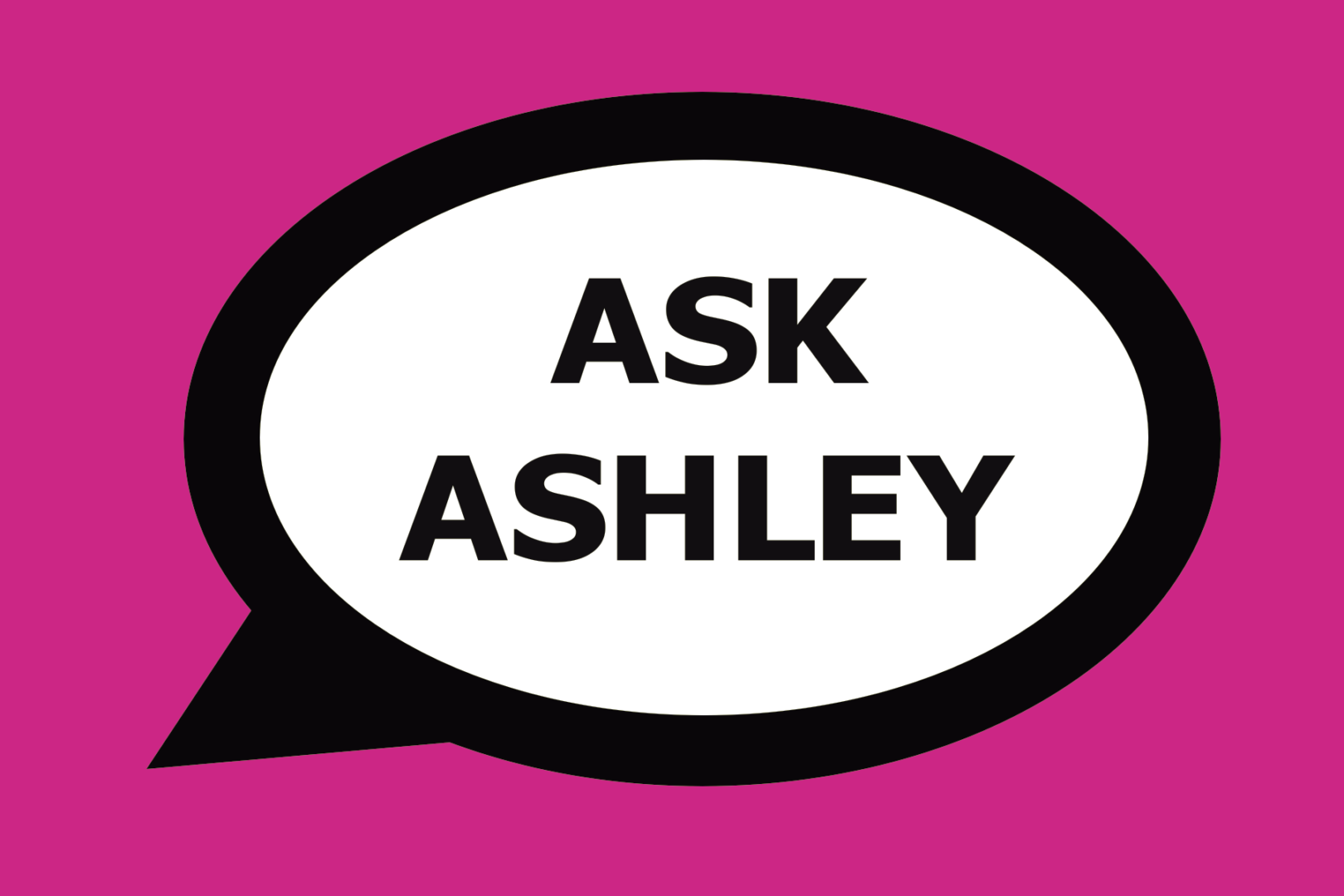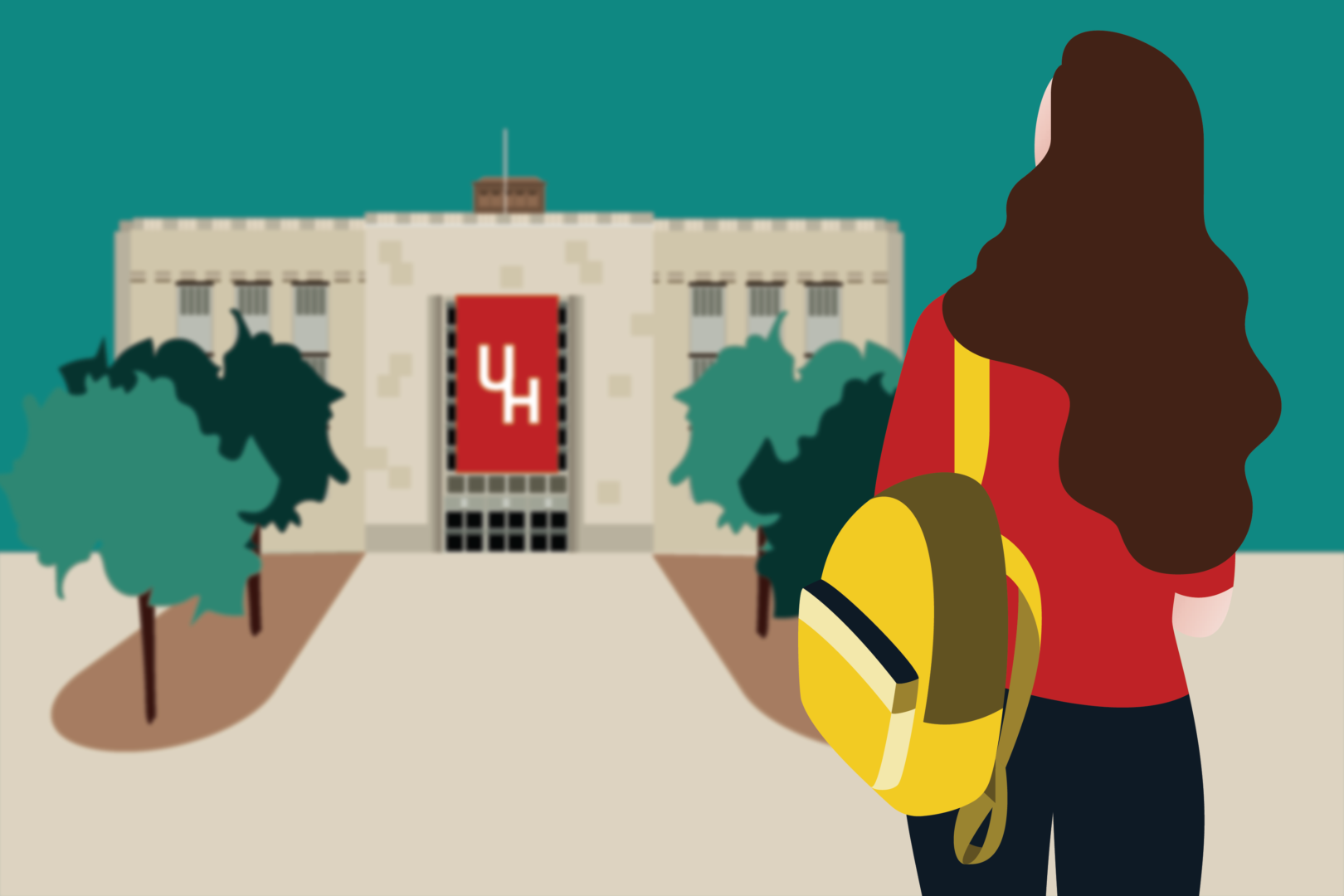Work has always been an integral part of what it means to be human. Whether work is hunting and gathering, opinion writing or anything in between, we’ve been working for our entire existence; trading hours of our work in exchange for a set wage has not.
The structure of our lives revolves around selling hours of our time for money. Turning our time into a commodity has left us with mental health problems, ever-increasing wealth inequity and a culture of exploitation that’s pushing us towards an uninhabitable planet.
The first consistent work schedule was developed during the industrial revolution. The workweeks in the mills of Lowell, Massachusetts, were about 74 hours. But now, through various labor rights movements and desires to increase productivity, the average American workweek is about 44 hours, despite the Fair Labor Standards Act of 1938 requiring only 40 hours.
Our workweek has barely changed in the past 70 years. Meanwhile, the productivity of our labor over that same period has increased threefold in the United States, while wages have remained stagnant for lower and middle-class Americans. Those who sell their labor in exchange for money have the short end of the stick. Rather than rewarding workers with compensation that matches their increased productivity, owners and C-level executives have opted to find every way possible to minimize wages. The unwavering pursuit of maximizing profit drives the capitalist class to reduce the cost of inputs wherever they can. We’ve allowed our time and labor to be reduced to a commodity. We’re no longer people, but resources that can be tossed aside if a cheaper alternative presents itself.
College students, with our lofty ambitions and idealistic dreams, serve as easy targets for corporations looking to undervalue labor. For-profit companies, NGOs and government agencies have all discovered that they can pay college students less if they offer “experience” as part of their compensation. Of all the internships with for-profit companies, 43% of them offer zero financial compensation. Even worse, students at the University of Utah often pay for the credit they receive from their internships.
I have done multiple unpaid internships over my academic career. Like everyone else, I’ve had the importance of internships drilled into me over the last three and a half years. We’re told we’ll never be able to land a decent job after graduation without good internships. A quick Google search reveals thousands of articles lauding internships. Many degrees on campus require internships for graduation. There is an entire system set up to convince college students that there’s no option other than to devalue their own labor. We’ve commodified labor. We’ve commodified experience. And now, we’re trading away hours of our lives for the opportunity to make someone else wealthier.
But, there’s an alternative.
If you’ve ever done something for a friend, shared some of your food, walked your neighbor’s dog or anything else we might think of as a “favor,” you’ve engaged in a form of mutual aid. Mutual aid is a collectivist survival technique where people, simply put, do things for one another without any expectation of financial compensation. That may sound like working for free, which I just denounced a few paragraphs earlier, but mutual aid actually seeks to de-commodify labor.
Organizations like SLC Mutual Aid seek to create a system of mutual aid that builds anti-capitalist resilience at the community level. When labor is no longer considered a resource, and that labor is no longer sold to capitalists, the owners of that labor receive its full value. An extensive system of community-based mutual aid, including SLC Mutual Aid, hopes to create and provide the members of a community with the full value of their collective labor. Since we currently only receive a fraction of the value our labor produces, we can all work less, prioritize our mental health and live more abundant lives.
While it can be exciting to think about a system where our employers don’t look to constantly extract more value from our labor, it’s important to remember that these things won’t change overnight. It’s also important not to blame yourself, or others, for engaging in the commodification of our own labor. We all have bills to pay and food to put on the table. Our current system makes it impossible to do that without commodifying our labor. We can’t even eat without being turned into resources for others to exploit. All we can do is organize and fight for a world where the value produced by our labor is our own — even if we must work an unpaid internship in the process.
w.shadley@dailyutahchronicle.com
The post Shadley: We Must Stop Commodifying Labor appeared first on The Daily Utah Chronicle.








